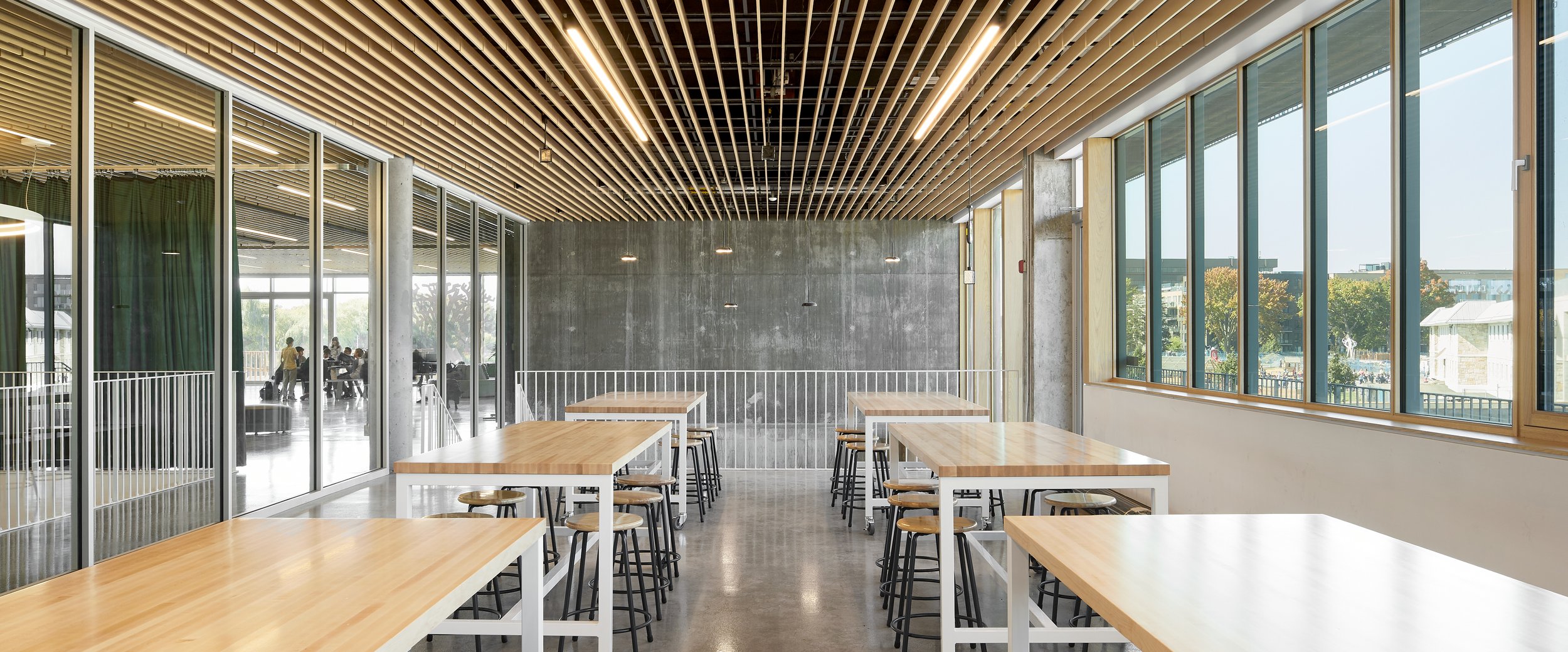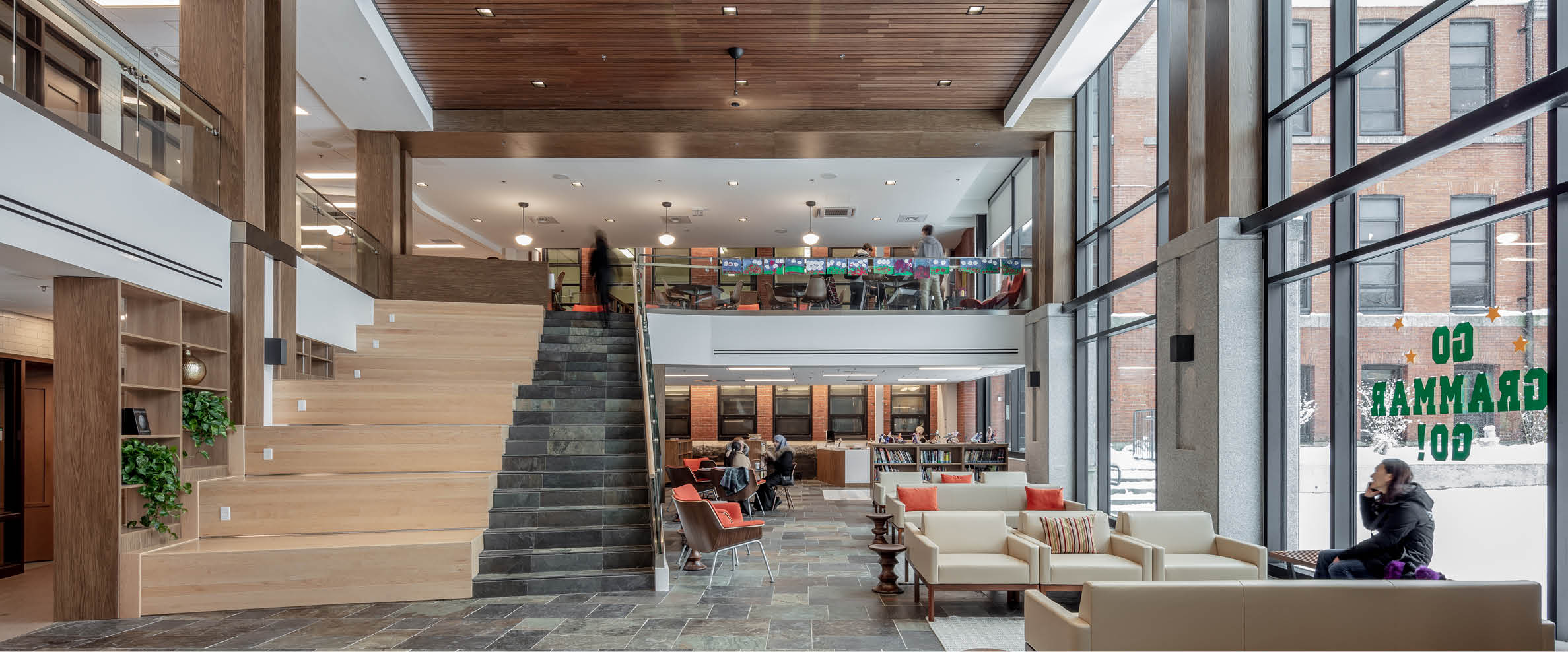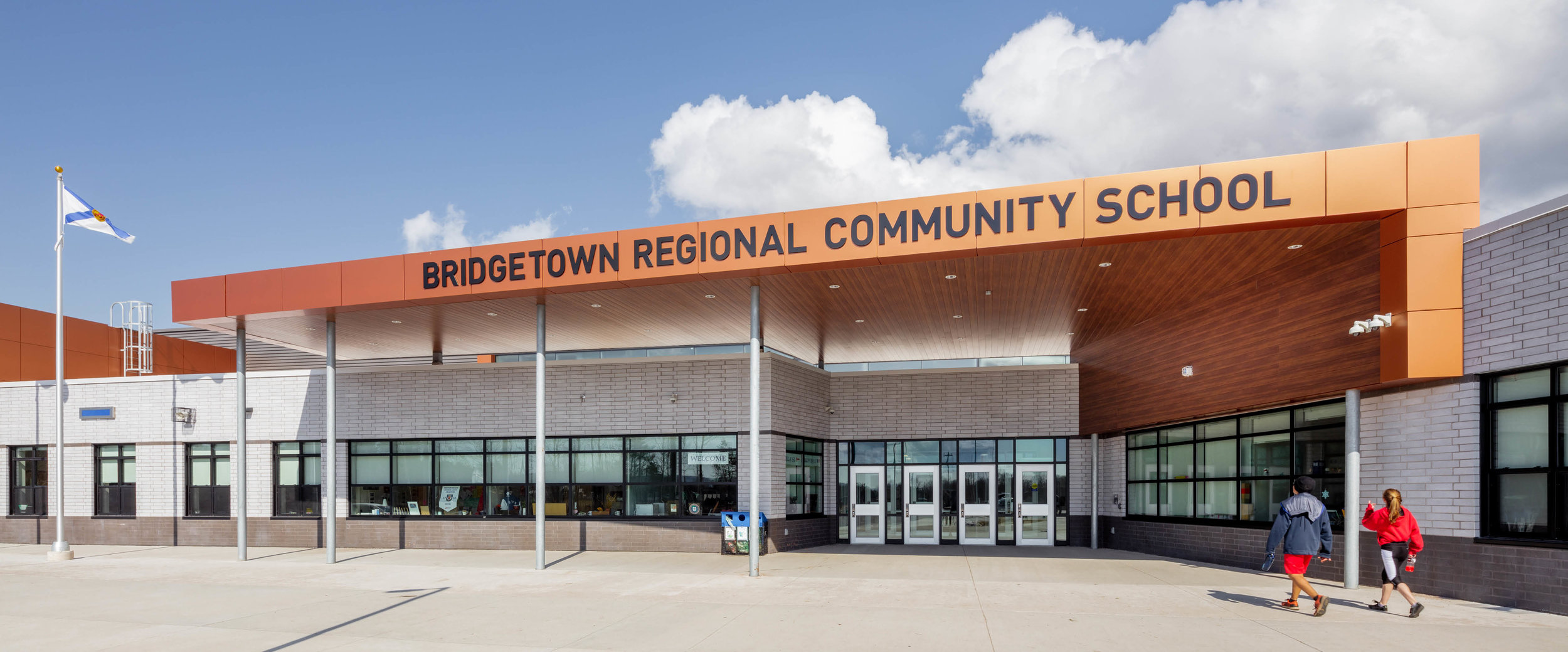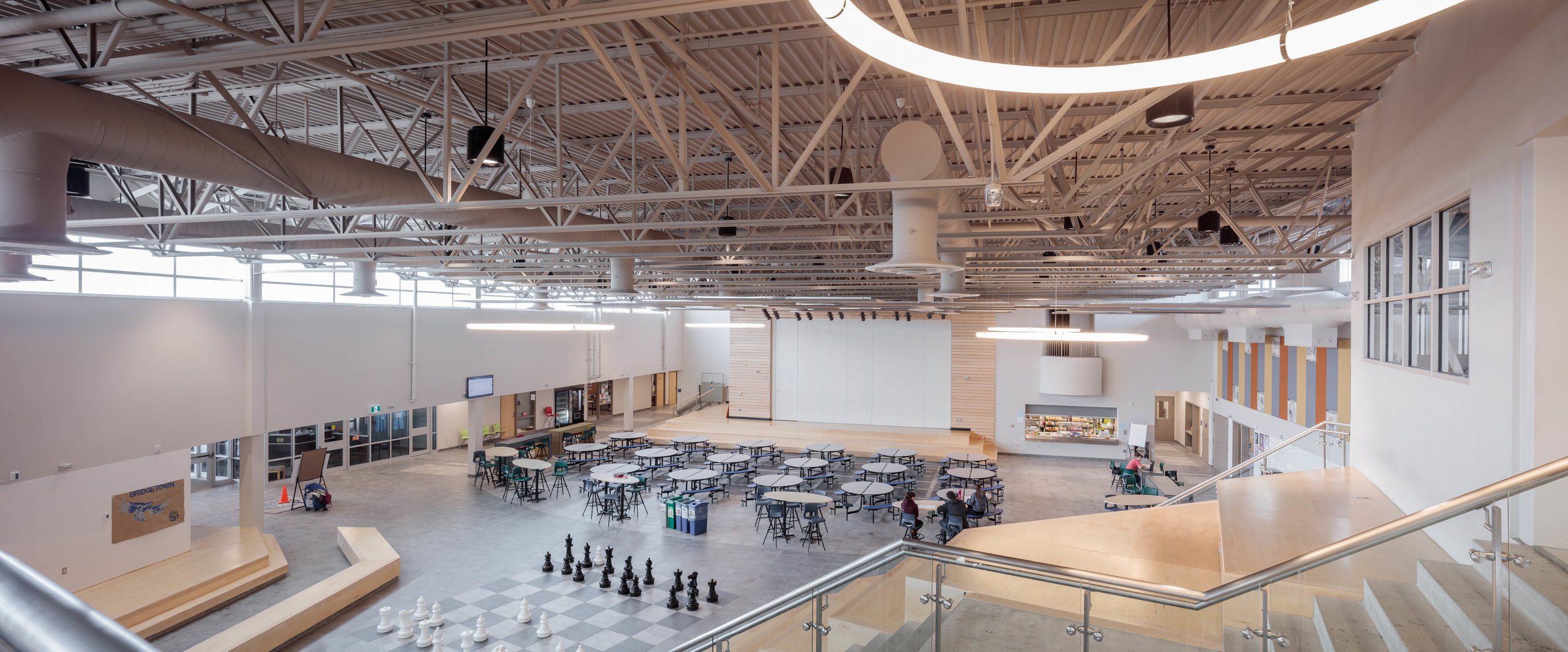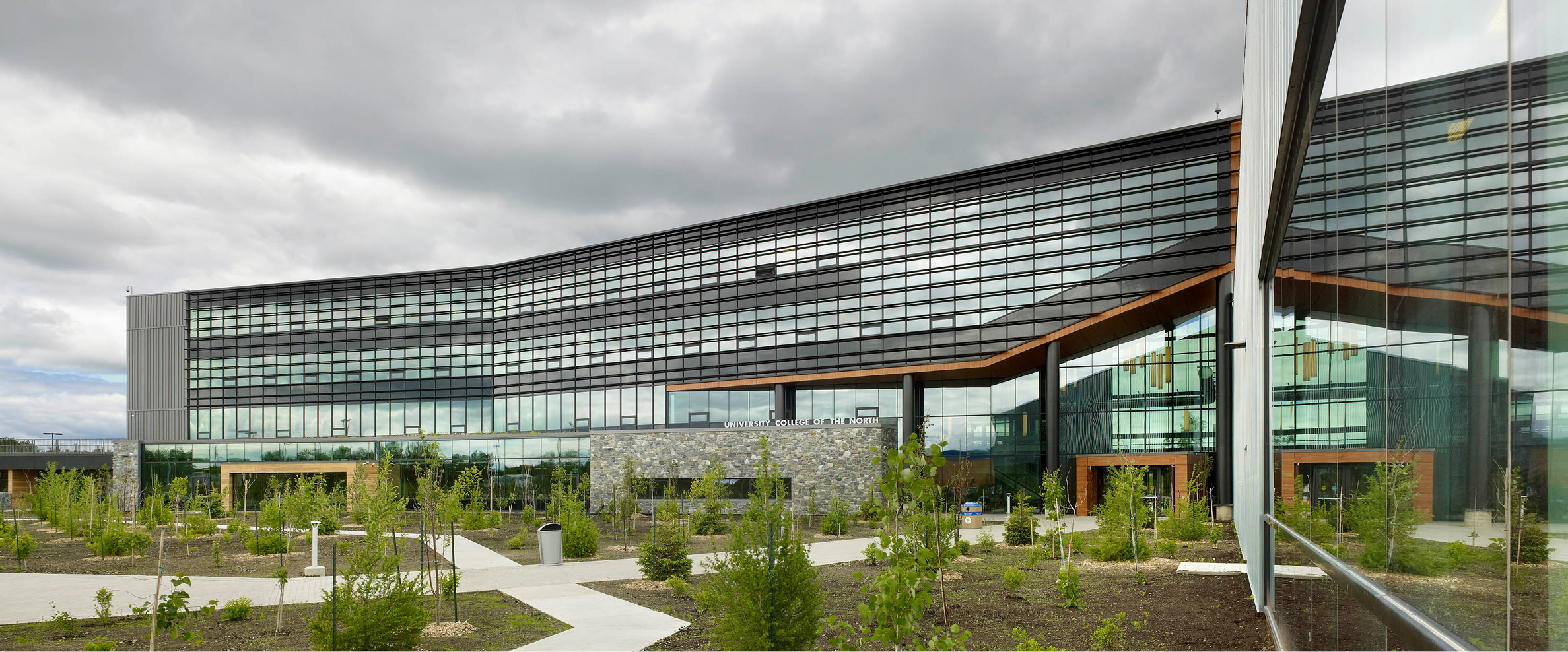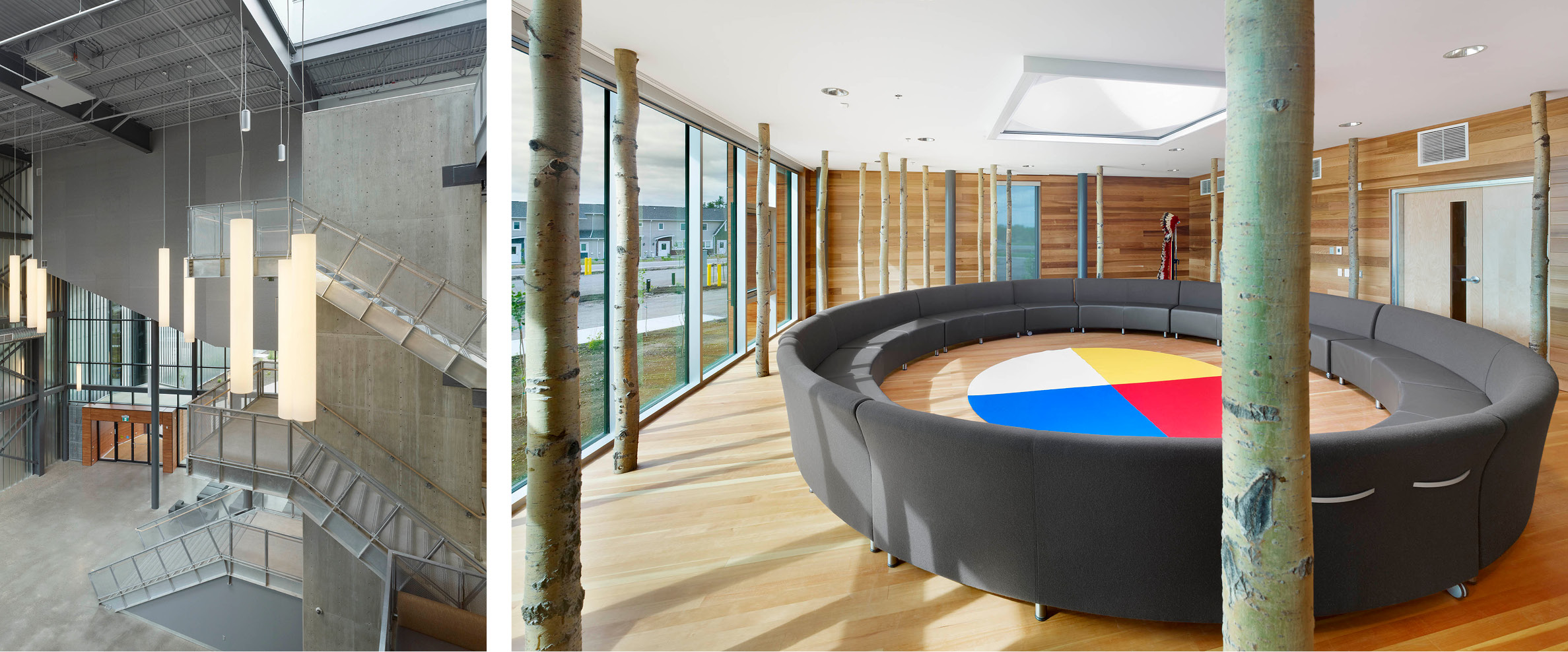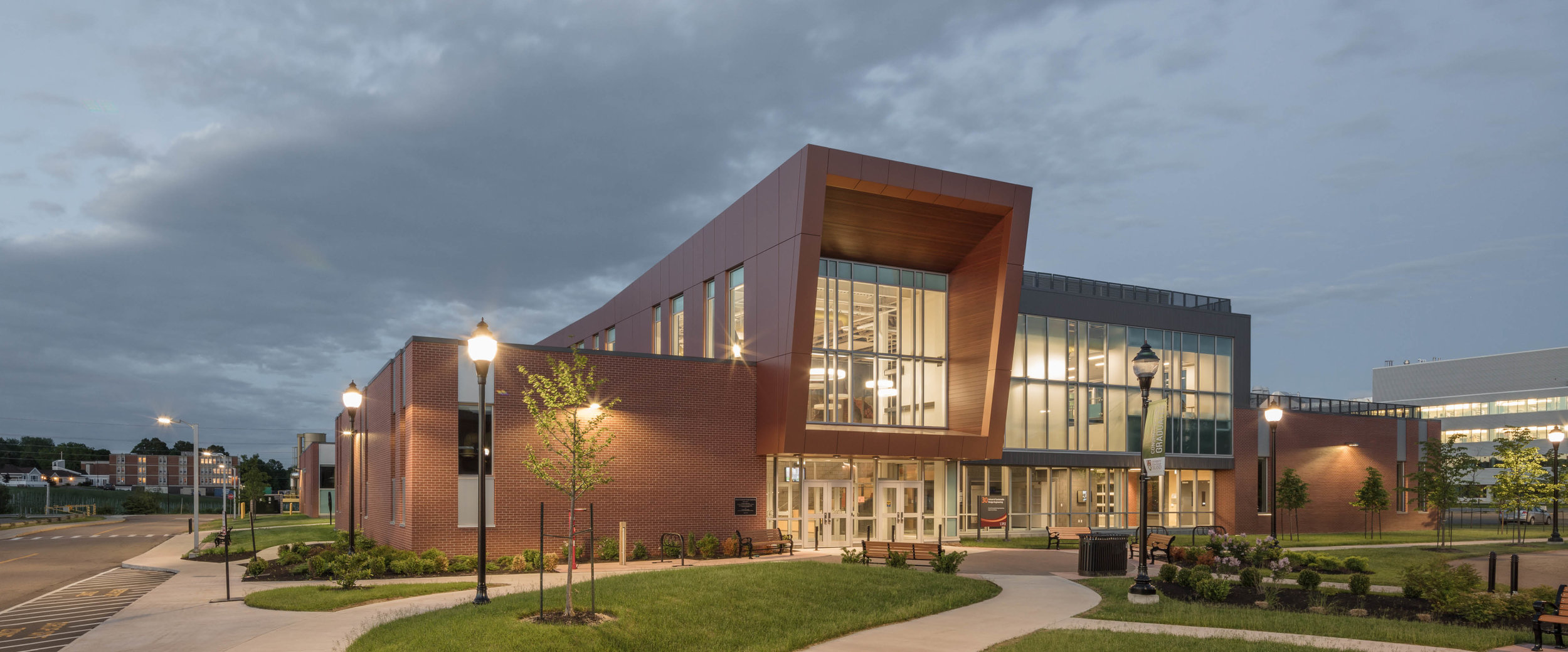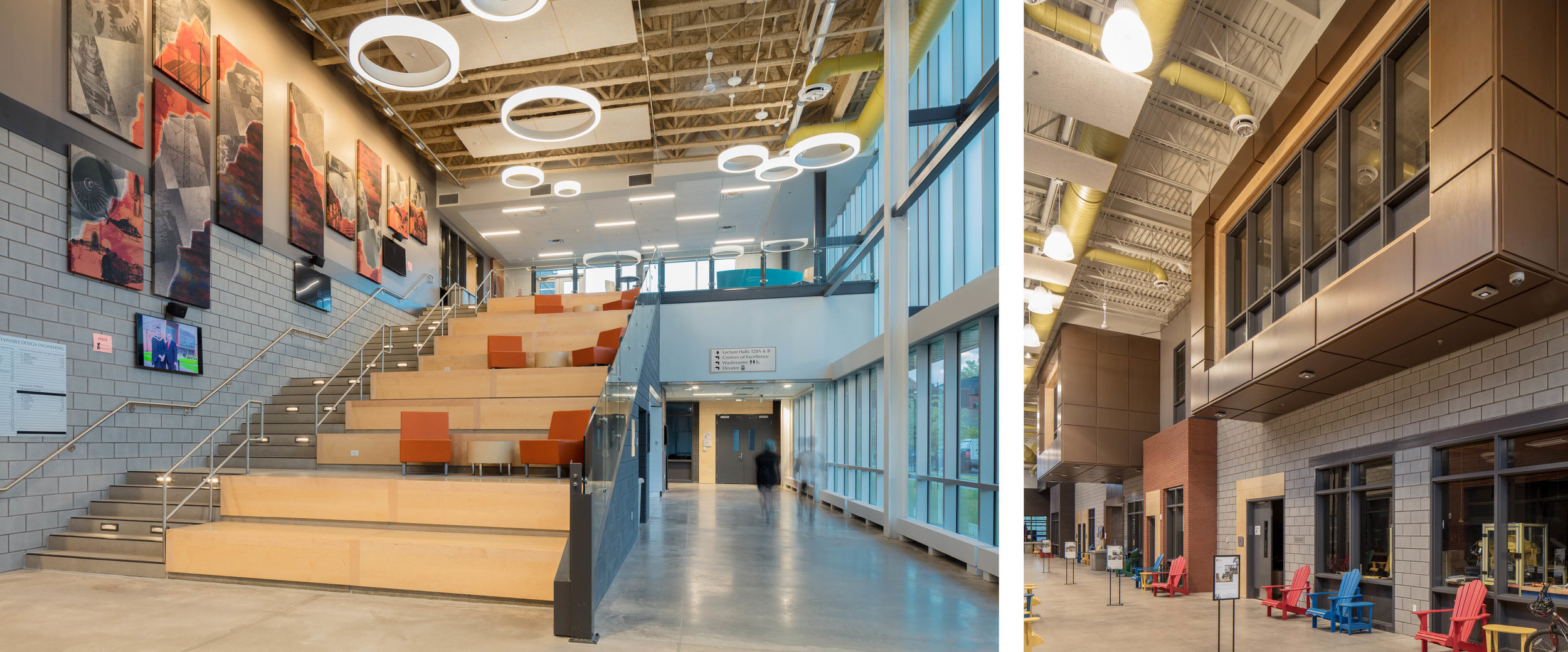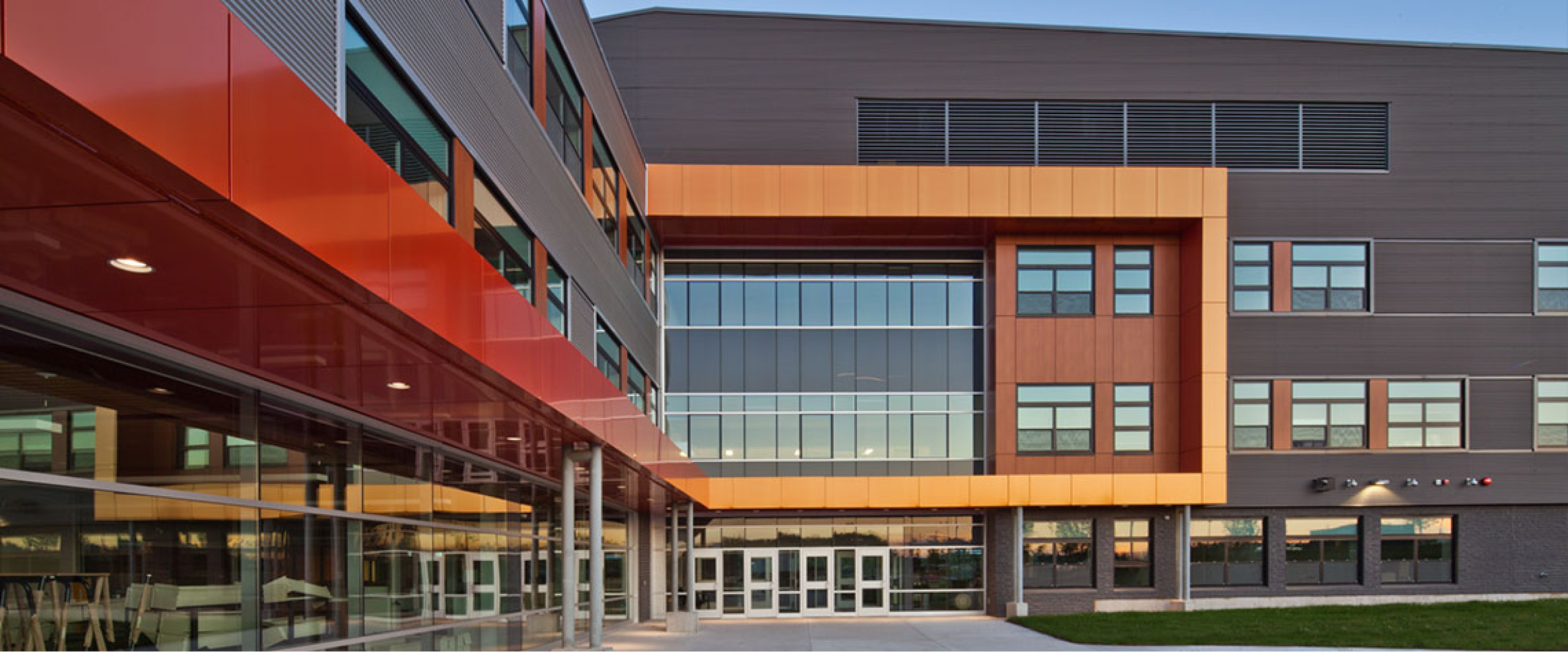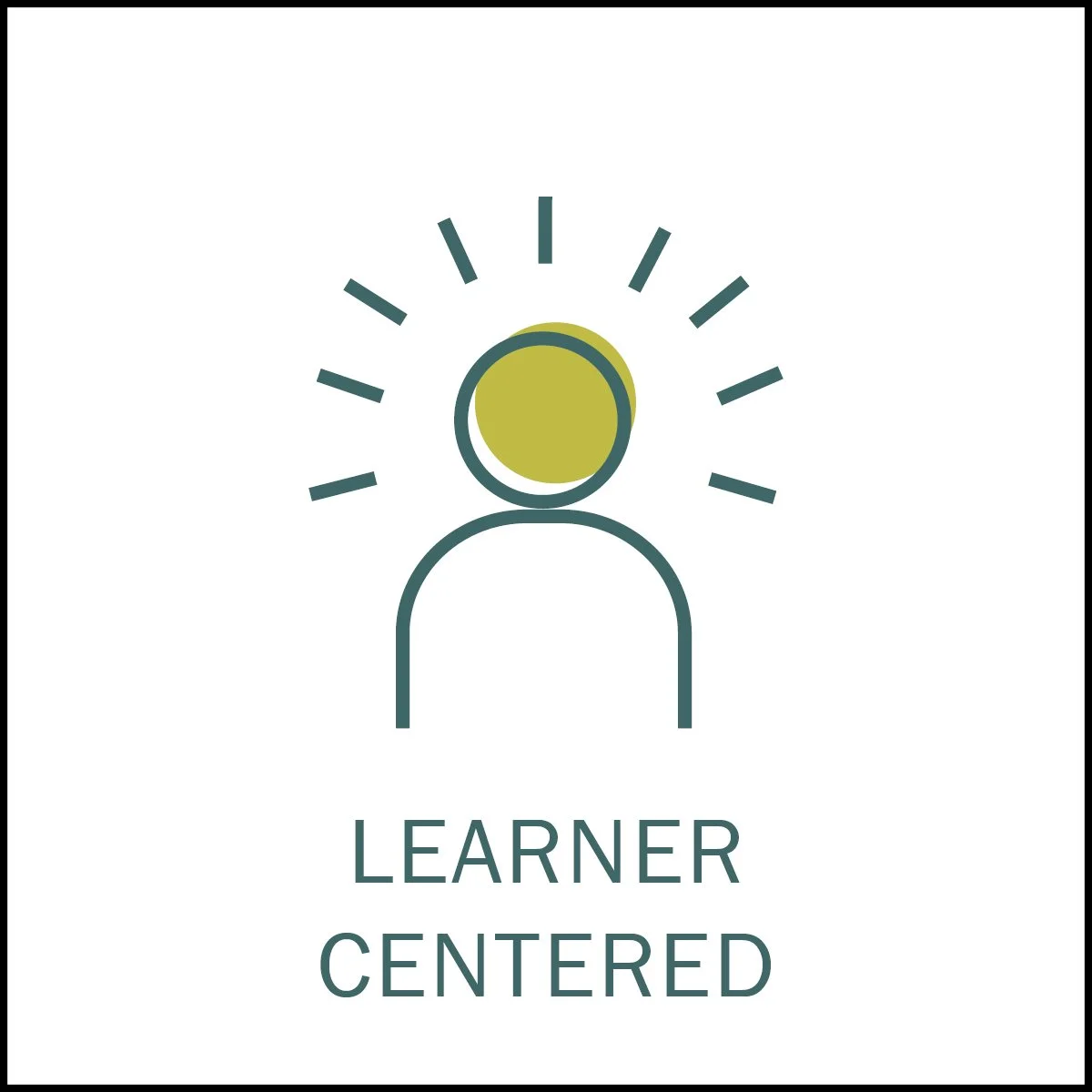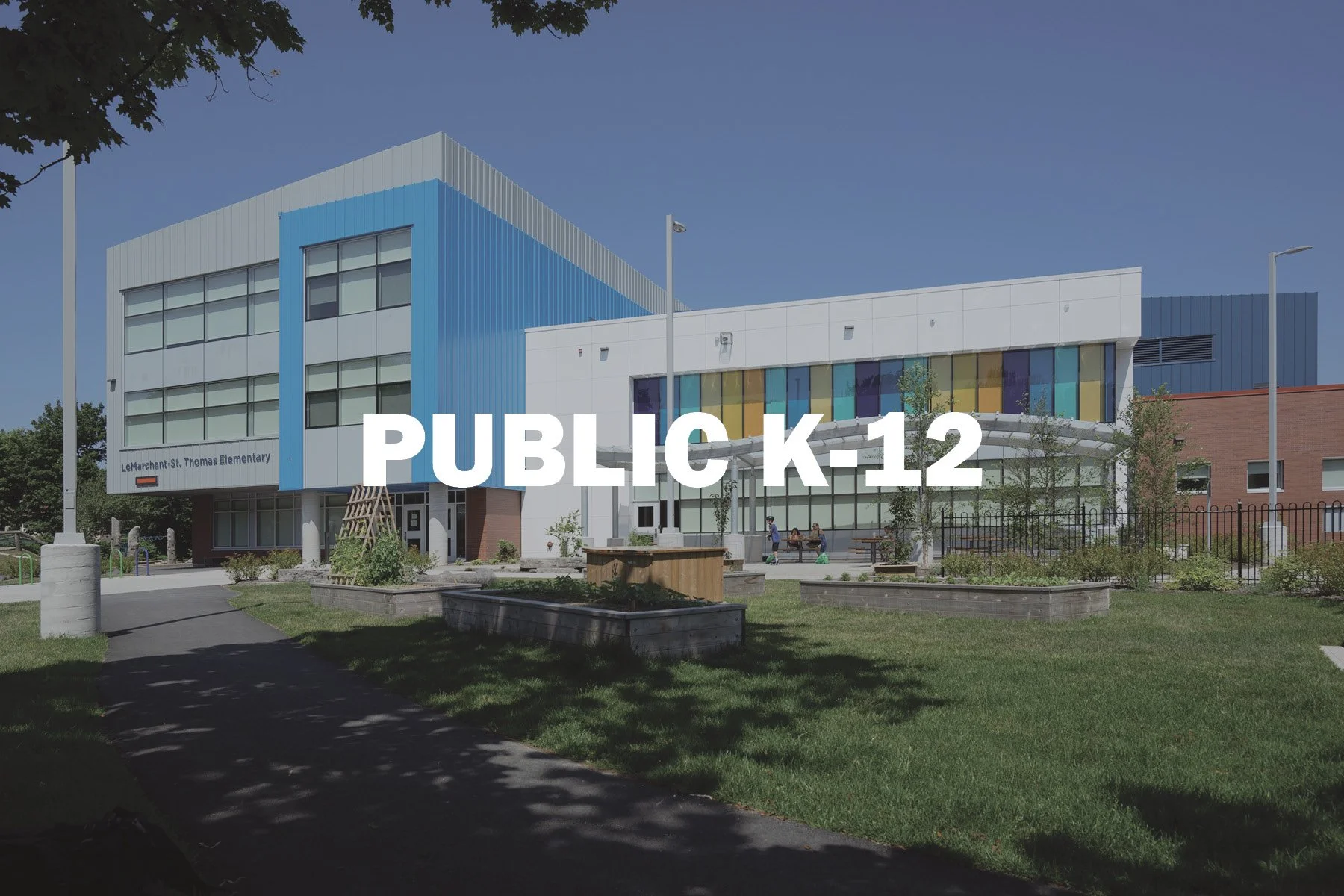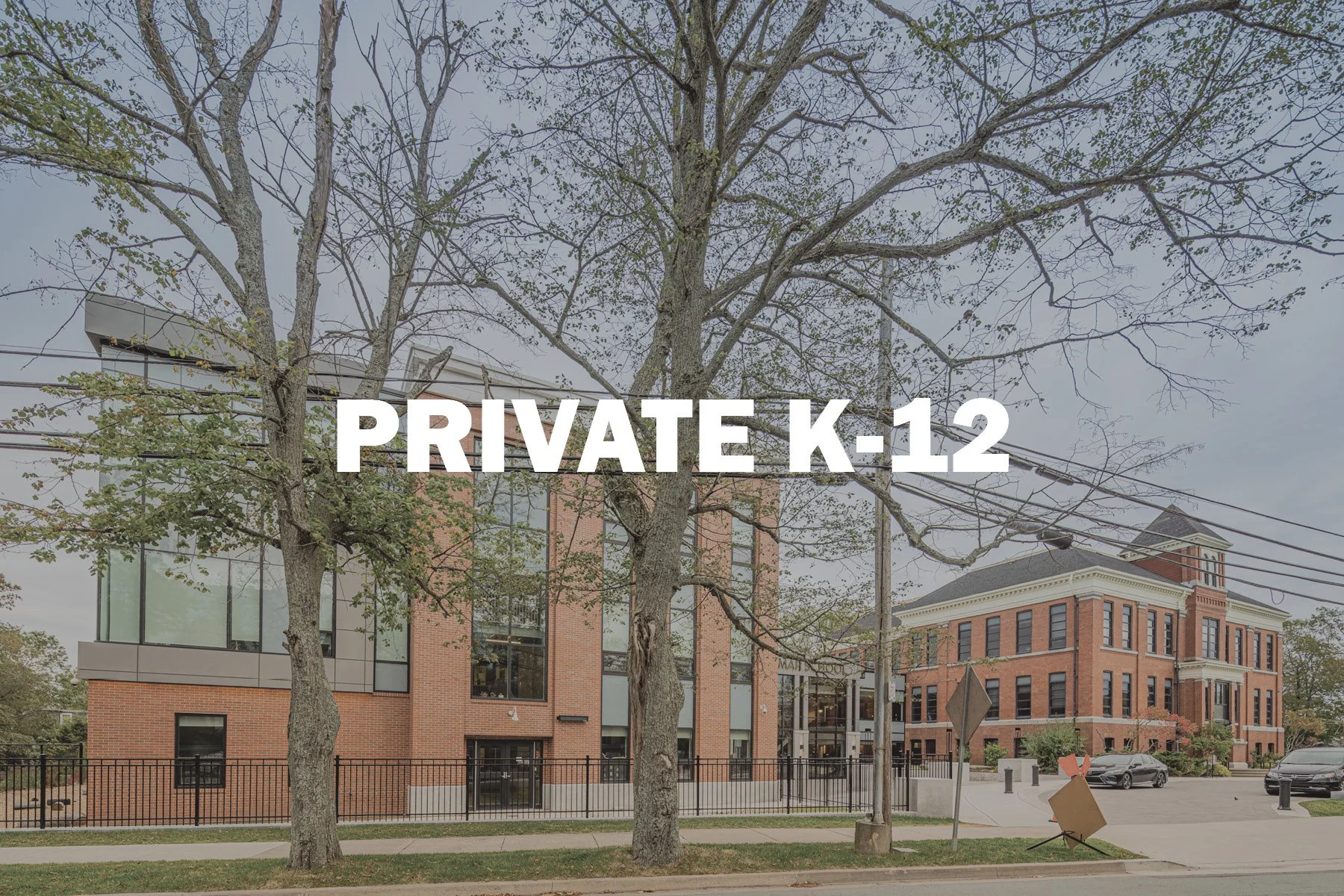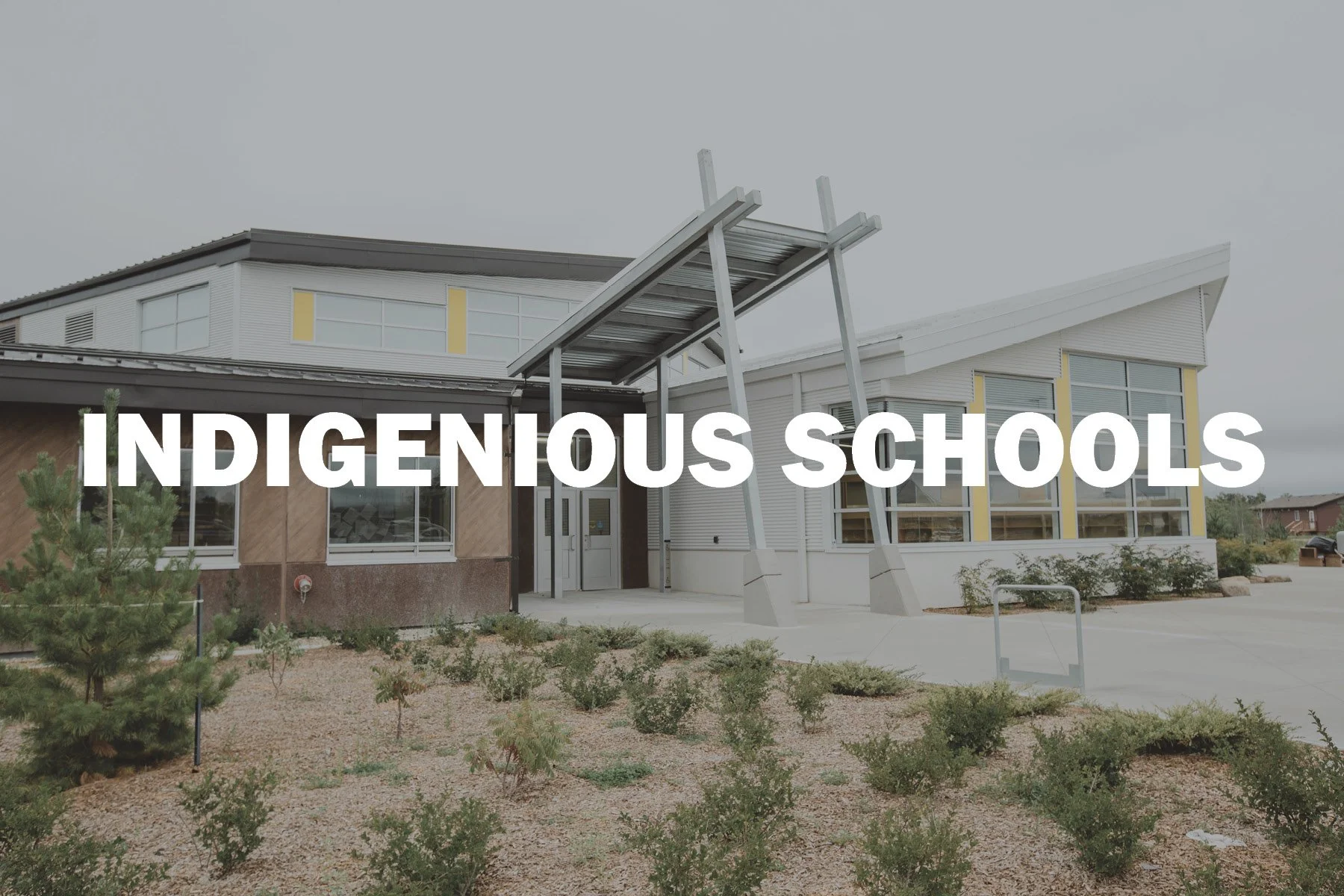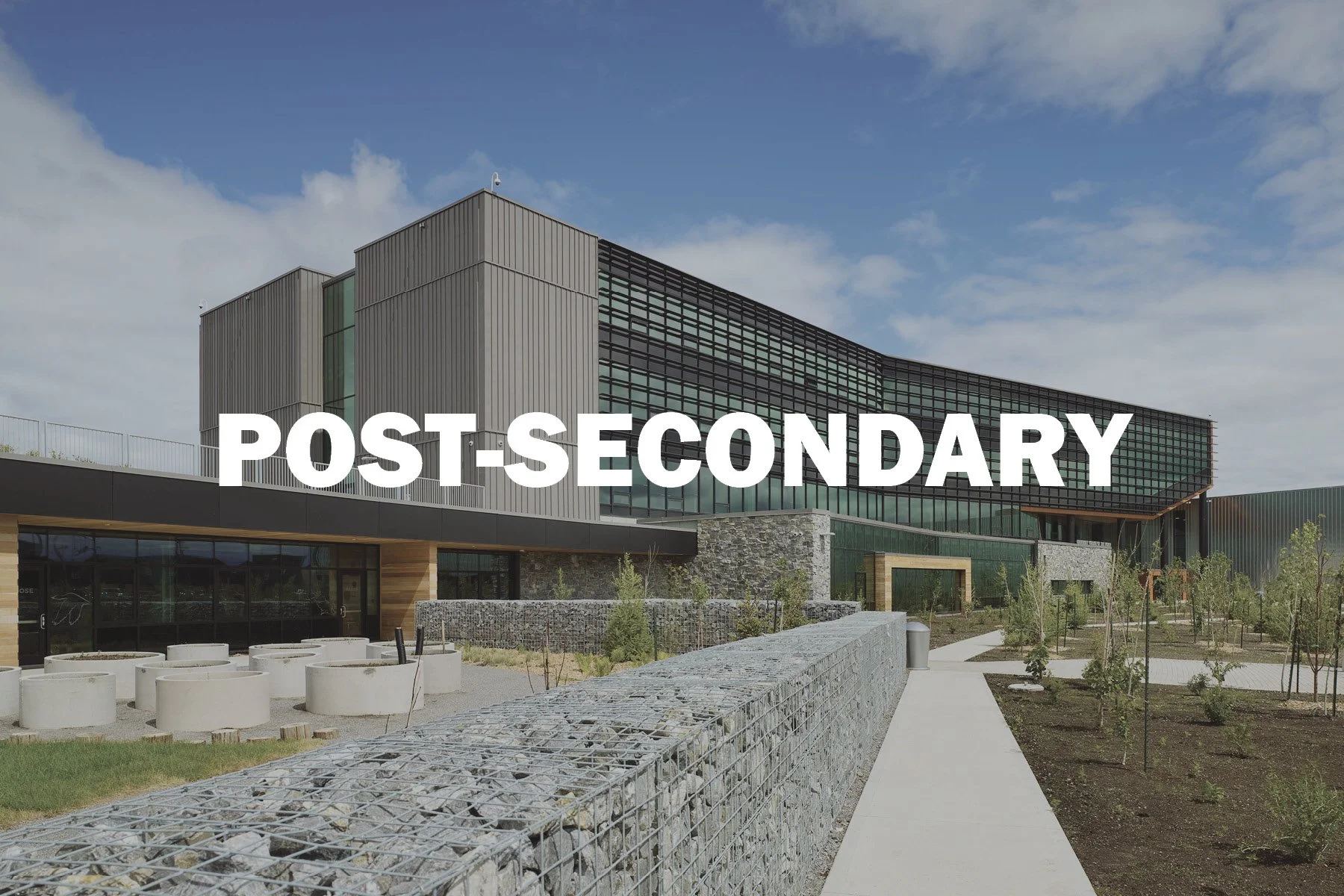Education Portfolio
“OUR NATIONAL EDUCATION STUDIO WILL DESIGN AND CREATE LEARNING SPACES THAT BENEFIT EVERYONE. WE WILL PUSH THE STANDARD OF ALL LEARNING ENVIRONMENTS IN CANADA THROUGH OUR BUILT WORK, THROUGH OUR THOUGHT LEADERSHIP, AND THROUGH OUR STRATEGIC OUTREACH. ”
As a national leader in educational design, we create learning environments that empower students and strengthen communities. For decades, education buildings have gone beyond classrooms—offering flexible, inclusive, and sustainable spaces where every square foot supports learning. Our expertise spans new builds, modernizations, and community-integrated facilities, consistently setting benchmarks for innovation and student success across Canada.
OBJECTIVES OF EDUCATION DESIGN
pRINCIPLES & eLEMENTS OF eXCELLENCE IN eDUCATION fACILITY dESIGN
TECHNOLOGY
Educational technology continues to evolve rapidly, requiring learning environments that are adaptable and flexible. Architectural tools such as demountable partitions and removable ceilings, combined with enhanced electrical and communication systems, help future-proof schools. We design nimble environments that can be easily reconfigured over time without extensive renovation.
Emerging Trends in EDUCATION DESIGN
For many students, entering a new educational environment marks a moment of growth and possibility. Each stage of learning brings new expectations, responsibilities, and opportunities to explore. These transitions can be both energizing and demanding, underscoring the value of spaces that promote comfort, confidence, and connection. Through thoughtful design, learning environments can evolve beyond the institutional model to become cohesive communities—scaling naturally from individual focus to collective engagement. As educational needs continue to evolve, several key design considerations are shaping how we create adaptable, inclusive, and future-ready spaces.
Furniture
Furniture remains one of the most under-optimized aspects of school design. Spaces should support a range of body types, abilities, and activities—allowing students to move, adjust, and stretch throughout the day. From standing desks to soft seating, furniture should adapt as learners grow, supporting comfort and engagement.
LIGHTING & VIEWS
Lighting strategies should balance natural and artificial sources to support comfort, energy efficiency, and focus. Classroom lighting must be flexible and adjustable, accounting for orientation, season, and activity. Window treatments help manage daylight, while indirect and direct artificial lighting maintain color quality and visual comfort throughout the day.







